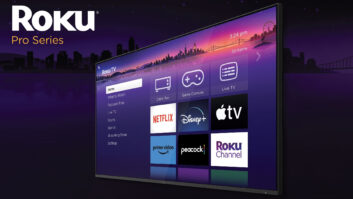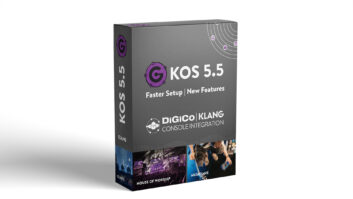The recent announcement by Olympus and Fujifilm to debut a new flash memory format, the xD-Picture Card, has made a few flash memory manufacturers scratch their collective heads.
“I was really caught by surprise when I heard about it,” said Wes Brewer, director of business development, SanDisk. “I didn’t think the market needed another format.”
“When I heard about it I thought, ‘just what we need, another format,’ ” said Jim Gustke, GM Business Segment, Lexar Media. “From the consumer standpoint, it could just add to the confusion.”
The confusion is born, in part, from the array of formats populating store shelves. The xD card will join the six other formats fighting for shelf space: Secure Digital/MMC, Compact Flash Type I and II, SmartMedia and Memory Stick.
“The addition of the xD-Picture Card to a growing list of memory formats will not only confuse consumers with too many choices, but also will raise the risk of compatibility issues and current storage limits,” said Amy Wiyninger, research analyst, ARS.
The previous Fuji-Olympus collaboration, SmartMedia, will persist in the market, at least for the time being, as Olympus plans upcoming introductions using the older format, while Fujifilm has announced that upcoming consumer products will feature the xD card only.
Technologically, the xD card follows in the vein of SmartMedia by not featuring a built-in controller. Instead, cameras manufactured by the two companies must feature an internal flash media controller.
SanDisk’s Brewer noted that “without a controller built into the memory card, the camera designer must take on more of the burden of managing the flash themselves, which can sometimes lead to incompatibilities between generations as the memory technology evolves.”
He continued, “I don’t see the merits in not building the controller into the card, it doesn’t really impact cost and allows the manufacturer to be far more flexible in designing card technology.”
But Fujifilm’s senior marketing manager, Frank Bulzomi, said both companies addressed any technical ‘kinks’ that may have plagued older SmartMedia cameras.
“All the cameras we’re introducing now have controllers built-in for capacities up to 2GB, so as higher resolution cards come out these cameras can handle them,” Bulzomi said.
The new cards can also read and write image data at a fast clip, Bulzomi noted. A 16 or 32MB card can record data at 1.3MB/second while a 64MB card or higher can record data at 3MB/second. Both offer a read speed of 5MB/second.
The xD card will initially be available in 32MB, 64MB and 128MB capacities at suggested retails of $29.99, $49.99 and $89.99, respectively. A 256MB card is planned for later this year.
Lexar and SanDisk indicated that they have not been approached to manufacturer the new xD-Picture Card, a job that has fallen to Toshiba. Fujifilm and Olympus stand to profit by developing and licensing out a new format and can leverage their sizeable camera market share to lock consumers into their proprietary format, Brewer noted.
“Sony has been able to use [Memory Stick] to their advantage,” Brewer said. Sony has built Memory Stick slots into its camcorders, Clie handhelds, DVD players and most recently select TV sets, encouraging consumers to stay within the Sony product universe.
Other industry analysts, like IDC’s Chris Chute, have indicated that if the digital imaging market is to grow, the move must be toward consolidation of formats, not proliferation. “The analogy is film, inclusivity rules,” Chute said.
But others, like Olympus’ Stewart Muller, demur. During TWICE’s Digital Camera Roundtable, Muller noted that media format is not a primary concern for digital camera buyers at the moment. “We don’t see it being a major factor in whether or not they buy a certain camera,” Muller said.













